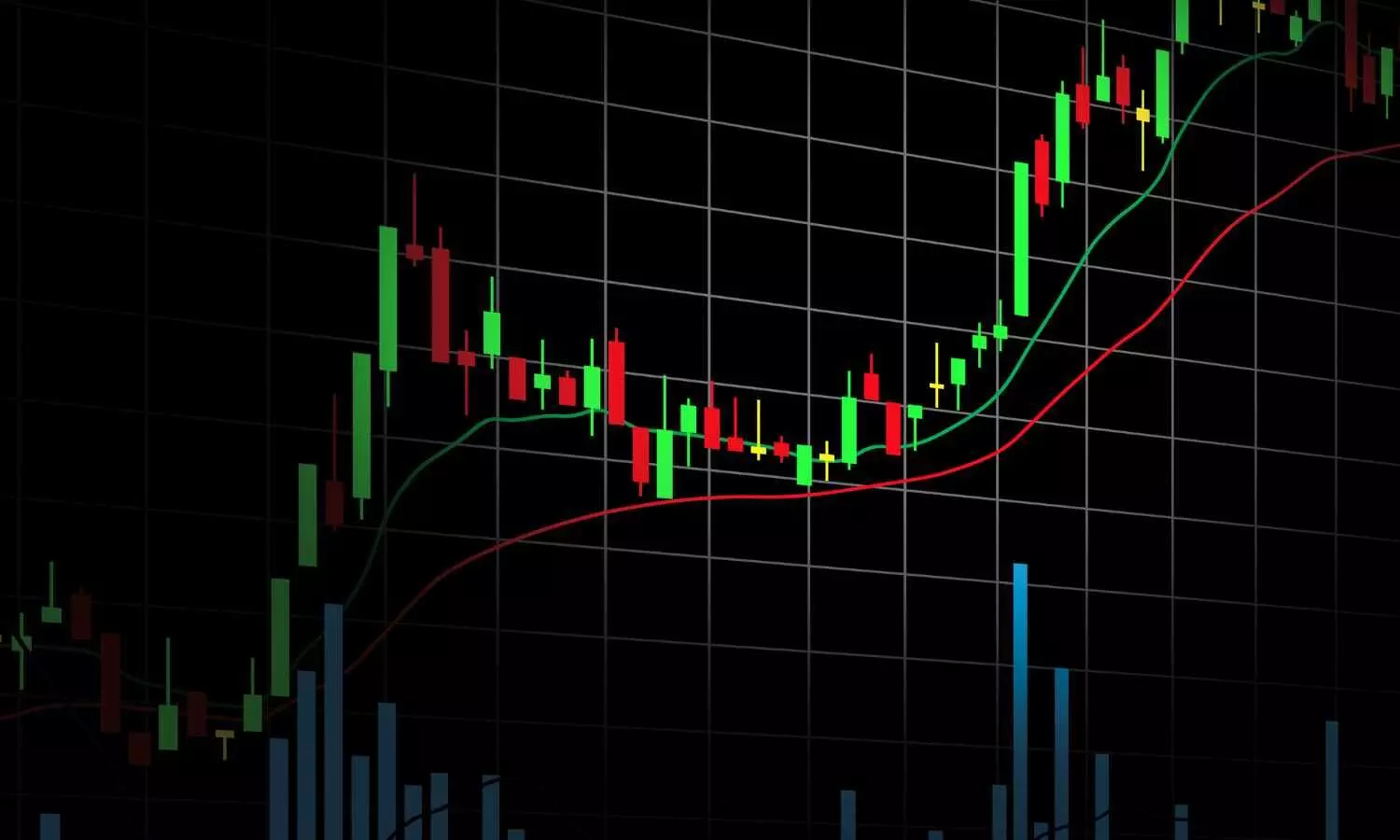Sensex Down 800 Pts, Nifty Below 24,650 – 5 Reasons Behind Today’s Market Crash
The Indian equity market is traversing through significant losses in today’s trading session as Sensex crashed by 800 points and Nifty is trading below 24,650.
Sensex Down 800 Pts, Nifty Below 24,650 – 5 Reasons Behind Today’s Market Crash

The Indian equity market is traversing through significant losses in today’s trading session as Sensex crashed by 800 points and Nifty is trading below 24,650.
The massive selloff can be attributed to Donald Trump’s imposition of 25% tariff on Indian imports to the US.
Sensex plunged by about 800 pts, or 1% to hit an intraday low of 80,695.15, while Nifty 50 slumped by almost 1% to clock at intraday’s low of 24,635. The selloff was majorly reported in mid and small-cap segments as the BSE Midcap and Smallcap indices fell by 2%.
As of 10:30 am, Sensex was trading at 80,915, down 0.70%, or 567 points, while Nifty 50 was down by 171 points, or 0.69% at 24,684.
Investors lost ₹3 lakh crore within the first 10 minutes from the opening bell. Overall market capitalisation of BSE-listed firms plunged to ₹449 lakh crore from more than ₹452 lakh crore in the previous session.
Here’s a look at the key reasons behind the stock market crash
1. 25% tariff on Indian imports
US President Donald Trump imposed a tariff of 25%, while slapping a penalty on India for buying Russian oil, starting August 1.
As per experts, a 25% tariff on Indian imports to the US will have significant bearing on the domestic equity market. If tariffs remain elevated for a longer period, it will have a negative impact on the country's GDP growth and will weaken the rupee, further giving a major blow to foreign capital inflows.
“The higher tariffs on India versus expectations could potentially weigh on capital flows. FII flows have now become critical in shaping market outcomes amid heavy promoter selling and slowing DII flows. The direct impact is likely to be on stocks/sectors where the US sets the marginal price –pharma, auto ancillaries, a few industrials, cables and wires, tiles, etc.,” said Nuvama Institutional Equities.
“However, the indirect impact of capital flight is likely to be more dominant and could weigh on SMIDs and high-beta domestic cyclicals (real estate, NBFCs and industrials). On the other hand, an INR depreciation could help IT, and it could potentially outperform given the now low relative valuations. Overall, maintain a cautious stance on markets,” the brokerage firm added.
2. Fed uncertain on further rate cuts
The Fed's unclear stance on further rate cuts has added a bearish tone to the equity market.
Though the US Federal Reserve maintained the federal funds rate on the expected lines of 4.25-4.50%, the central bank didn’t give any clarity that rate cuts may begin any time soon.
Some experts opined that rate cuts may commence after one or two quarters.
“It may take more than one or two quarters—possibly even longer—before the Fed begins easing. Over the past two months, tariffs have been on the rise, and their impact is expected to come with a lag. The September–October period will be crucial to observe how these tariffs affect US inflation,” said G Chokkalingam, the founder and head of research at Equinomics Research Private Limited.
Market participants are of the opinion that higher interest rates for a longer period will keep US dollar and bond yields up, significantly impacting the foreign capital inflow in emerging markets like India.
3. FII outflow
The Indian stock market’s bearish trend is the outcome of massive foreign capital outflows. Foreign portfolio investors (FPIs) have dumped Indian equities worth over ₹42,000 crore in the cash segment in July so far (till July 30).
FPIs have been on a selling spree as valuations remain stretched, the rupee has weakened, and earnings so far have remained muted.
4. Weak earnings
So far, Q1 earnings reported by India Inc.’s have been mixed, giving a major blow to the street. The IT sector has reported demand-side pressure, while banks’ margins have declined due to the RBI's rate cuts.
Experts hope that earnings will improve in the second half of the financial year (H2FY26), but tariff-related uncertainty will be a litmus test for the equity market.
5. Technical factors
Nifty was down below 24,650 during the session, moving closer to a key support at 24,600.
According to experts, a breach of 24,600 on the downside will drag the market to 24,450 or even 24,250.
“We believe that as long as the market continues to trade above 24,600, the pullback is likely to continue. On the upside, the market could move towards 25,000, and a further rally could take the indices towards 25,075,” said Shrikant Chouhan, Head Equity Research, Kotak Securities.
“If the market sustains above 24600 despite the negative news, we may see a quick reversal to the 24,900 and 25,000 levels. If it breaks below 24,600, the index may even retest the 24,450 or 24,250 levels,” Chouhan added.

